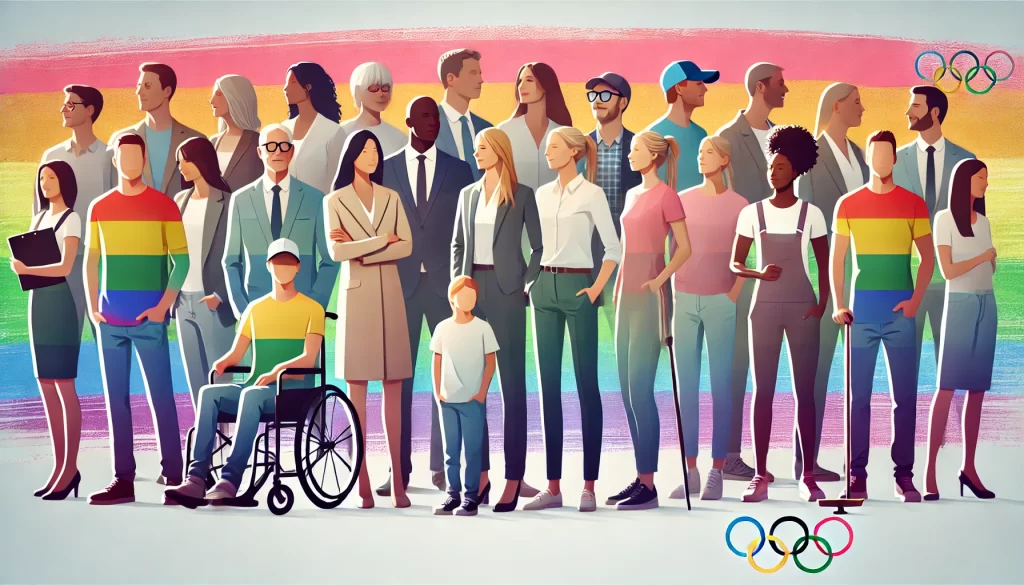
Reflecting on Workers and Athletes
As June brings us both Pride Month and the Olympics, it is essential to reflect on these events through the lens of Employment Law and Civil Rights.
There are notable differences between employment and sports. Employment requirements should align with job necessity, ensuring that all candidates are considered based solely on the job’s stated requirements and accurate documentation of the critical job functions and physical demands. In sports, requirements focus on an individual’s ability to perform at their best ability, resulting in varying levels of success.
Employees’ Rights
Employers must keep hiring, work performance, and any other requirements strictly job-related. Legal protections (EEOC, ADA) ensure that race, gender, age, disability, and other personal characteristics do not impact employment opportunities. Clear, documented duties, responsibilities, and physical requirements help avoid discrimination and uphold equality. For example, if all employees performing the same job are held to the same standard, fairness is maintained.
However, challenges arise when standards differ for various groups. For instance, when fitness standards for police officers are based on gender or other characteristics, bias occurs. The goal should be to accurately document the job description including the physical requirements so that the documentation reflects the essential duties performed. This approach leads to higher inclusivity, due to it’s non-biased nature.
Athletes’ Rights
The Olympics offer another perspective on gender diversity. Historically, sports competitions have separated athletes by gender. Employment has minimum standards to ensure all candidates can meet a job’s functional requirements. Sports focuses on maximum abilities, with an emphasis on peak performance. This raises complex questions about the impact of gender-affirming treatments on athletic performance.
There is a history of performance-enhancing substances being used in the Olympics. Systematic drug testing was introduced in the 1960s, underscoring the challenges in maintaining fairness. Gender-affirming treatments, such as hormone replacement therapy, can alter an athlete’s physical capabilities. This further complicates the establishment of a level playing field.
The evolution of gender identity as it relates to sports will require ongoing dialogue and research. Balancing inclusivity with the traditional emphasis on peak performance remains a complex issue.
In Conclusion
This June, as we reflect on the changes around us, observe how employees and athletes are being affected. Fostering inclusive practices will be necessary to meet the intention of employment law and civil rights. We must work towards a future where everyone has the opportunity to thrive, both in the workplace and in sports.
Learn more about creating function based job descriptions that help reduce discrimination in the workplace.













.webp)